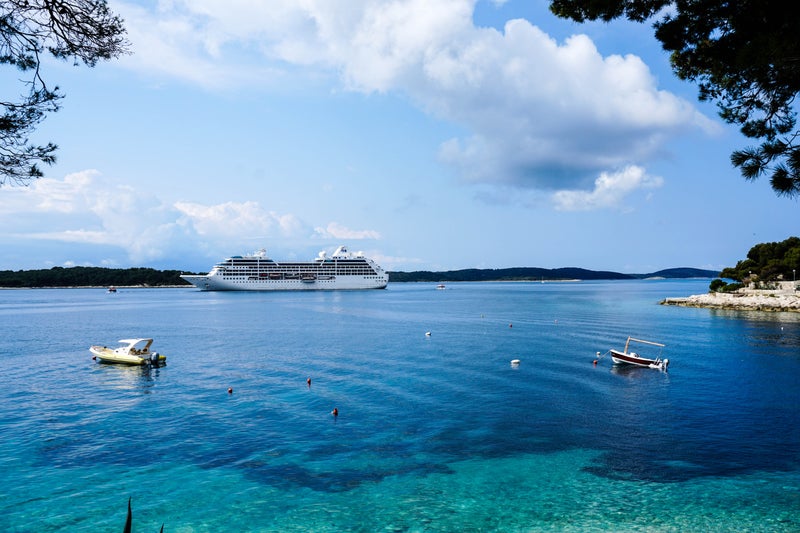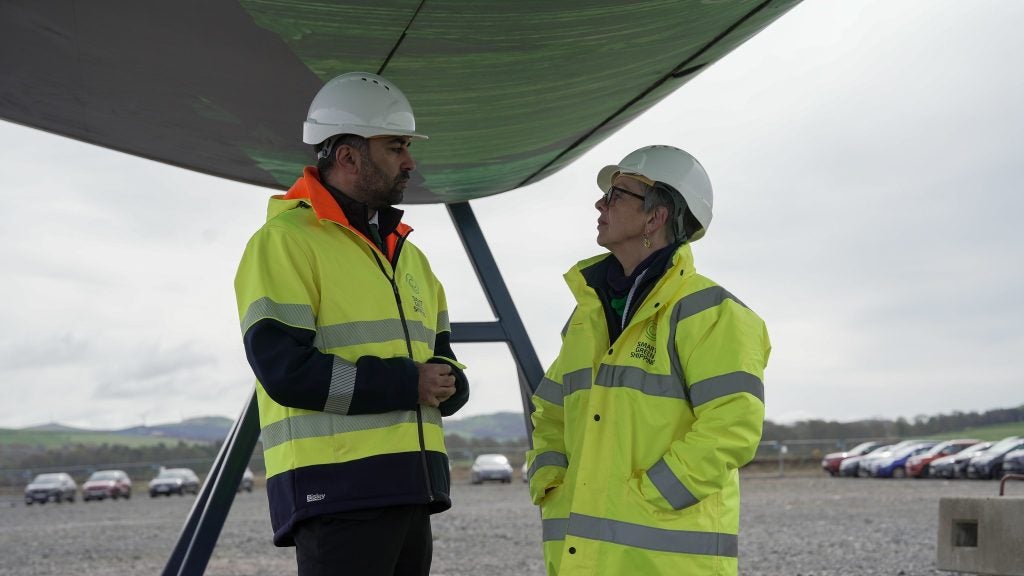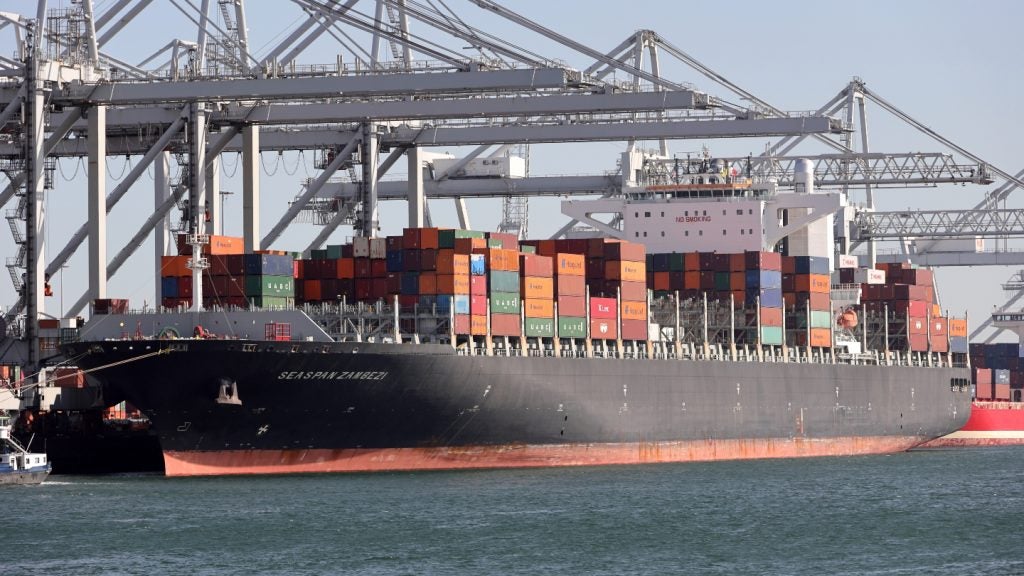
Cruise travel may soon come back, but it’s not going to be the same. Quarantined passengers’ accounts during the darkest hours of the coronavirus pandemic have painted a harsh reality that the sector can no longer ignore: the age of large-scale cruise holidays is over for the foreseeable future.
But this doesn’t mean that cruise holidays are over for good. They will return – once the US Centers for Disease Control and Prevention (CDC) lifts its no-sail order – in a revised, health and safety-conscious way.
Anything from booking to berthing fees and itineraries will be up for revision after the pandemic, but it’s the on-board passenger experience that is probably going to be hit the hardest. Passengers should prepare to wave goodbye to buffets and sold-out indoor shows, and instead welcome online restaurant bookings, state-of-the-art cleaning procedures and plenty more.
Before and during embarkation: health screenings and medical requirements
Cruise Lines International Association (CLIA) is already working with its members to draw up a set of guidelines for future embarkations. Although these may vary slightly from company to company, the goal will be the same. Seeing the rapidity with which the disease spreads on ships like the Diamond Princess and Ruby Princess, there will need to be rigorous and tight temperature screenings before boarding.
Both ports and cruise operators will likely introduce measures to quickly process passengers while checking their temperature and possibly testing for Covid-19. A particularly strict set of requirements will be imposed on elderly passengers, who will be asked to provide a ‘safe to travel’ note from their doctor and will have to face repeated health checks throughout their time on board.
In addition, Genting Cruise Lines’ new health protocol suggests there is scope for remote online check-ins to take place before embarkation and for the creation of new waiting areas designed to reduce boarding queues.
How well do you really know your competitors?
Access the most comprehensive Company Profiles on the market, powered by GlobalData. Save hours of research. Gain competitive edge.

Thank you!
Your download email will arrive shortly
Not ready to buy yet? Download a free sample
We are confident about the unique quality of our Company Profiles. However, we want you to make the most beneficial decision for your business, so we offer a free sample that you can download by submitting the below form
By GlobalDataLife on post-pandemic ships: enhanced hygiene procedures
Stringent health measures won’t stop after coming on to the ship. For example, guestrooms will undergo much tougher cleaning and sanitising procedures than before the pandemic. Changes to cabin routines could also include antimicrobial carpets, touch-free tools and toilets with glass dividers instead of curtains. According to USA Today, passengers may even be asked to leave the clothes they were wearing during embarkation in a plastic bag for deep cleaning.
Similar initiatives will take place across all public and private spaces in an increasingly rigorous and persistent way. Passengers will also be strongly encouraged to wash their hands through water fountains and sanitising stations.
Future protocols will include regular health and safety drills, informational pamphlets, better quarantine and emergency plans, frequent changes of bed sheets and potentially the obligation to wear face coverings in indoor areas.
Introducing these measures is likely to be facilitated by new technologies such as cleaning robots, higher cleaning temperatures and the latest disinfecting products.
Dining: the end of buffets
A recent experiment in Japan went viral on social media when it showed how quickly germs can spread when just one infected person attends a buffet. This is something that the hospitality industry will have to keep in mind when returning to normal business.
Many restaurants are already getting ready for the prospect of limiting the number of guests but these measures are going to be much harder to enforce on a cruise ship where spaces are limited.
One solution to this problem will be to abolish traditional buffets and self-service areas and replace them with table service. Guests should also start getting used to staff wearing face coverings and gloves, while online bookings will become the norm.
In some of the countries where restaurants have already reopened, owners have also started limiting contact between guests and personnel by introducing online and QR Code-based menus that allow customers to order food directly from their mobile phones.
Entertainment: reducing capacity at public venues
Much like restaurants, some of cruise ships’ top attractions will have new limitations to encourage social distancing. Theatres, cinemas, clubs and many other indoor spaces are all going to be rearranged to keep people 1m or 2m away from each other.
This will mean lots of empty seats, an inevitably different atmosphere and many new-normal additions, including hand sanitising stations, masks and signed health forms to provide before the events.
Slightly more relaxed measures are going to be put in place in outdoor areas, which many scientists say carry a reduced risk of transmitting viruses and germs. However, guests will still be encouraged to avoid large gatherings and act responsibly.
Repurposing spaces: medical facilities and fewer rooms
Some cruise operators are trying to show they have learned from the industry’s mistakes and will no longer allow an outbreak to get so out of hand, like it did in February and March. Back then, entire ships were put under quarantine with limited medical staff and hospital units to assist those most affected, resulting in many casualties and a tarnished reputation for the sector.
As a result, several companies are already working on ways to expand their medical facilities, as well as reserving more rooms for doctors and nurses. On newbuilds, all these areas could be interlinked and placed in a specific part of the ship separated from entertainment and dining spaces.
Beyond setting some space aside for medical staff, the management and use of cabins will also be put under review once ships return to the sea. On the crew’s end, this will potentially mean hosting two people per room instead of four. As for passengers, some cabins might be kept vacant in case of emergency, so fewer tickets will be available and capacity will be reduced.






